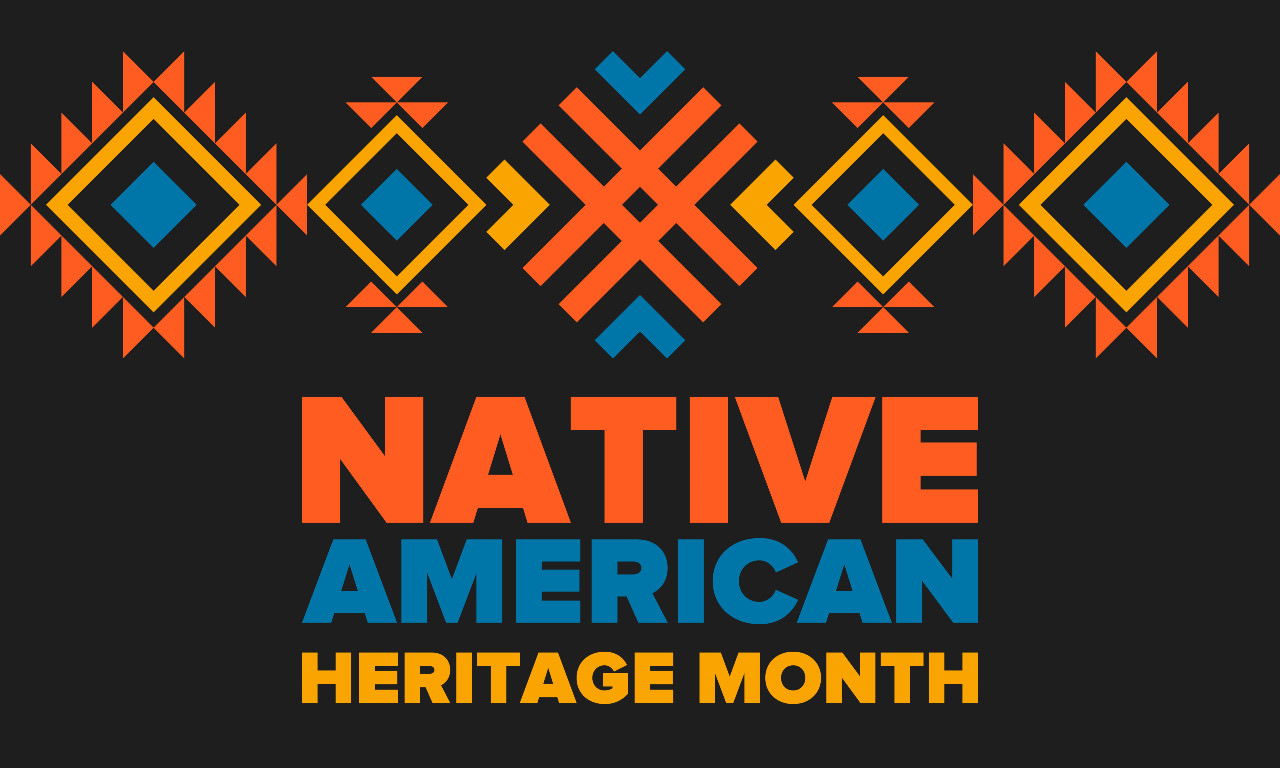Youth leaders at the 2023 Aspen Ideas Festival had the opportunity to look to the future on climate issues and share their ideas and perspectives of what supports and resources it would take to get there.
One panel, Youth in Action: A Conversation Centering Young Leaders’ Role in Protecting Climate, highlighted the importance of centering young Indigenous leaders in discussions surrounding nature and climate conservation.
“We need to listen to Indigenous people. Indigenous people have been stewarding these lands for generations. We need to value everyone’s perspective — children, teens, everyone’s perspective is valuable,” said a student who described her own experience in New Mexico. “Indigenous people protect 80 percent of the world’s biodiversity, we know what we’re doing, we have connections and deep relationships with the natural world, we just need more platforms to share that knowledge.”
To that end, significant strides are being made. In November 2022, U.S. regulators approved a plan to demolish four dams on California’s Klamath River and open up hundreds of miles of salmon habitat — a proposal long championed by Native American tribes and environmentalists. The Yurok, Karuk and other tribes in the region began formally organizing in 2002, after the dams, drought and water mismanagement led to a massive fish disease outbreak on the lower Klamath River, killing an estimated 70,000 adult salmon before they could spawn.
The 2002 fish kill was a traumatic event for Klamath River tribal communities, but “the undamming of the Klamath represents an opportunity to heal the ecosystem and help fish populations recover by opening up hundreds of miles of spawning habitat,” and coming changes can help local tribes “strengthen their ancestral connection to the river and keep their fishing traditions alive,” leaders told the Los Angeles Times in October 2023.
Back at the Aspen Ideas Festival, students from across the country provided ideas when asked by a K-8 Illinois school leader what changes they would like to see made in public education to enable even the youngest students to grow up to be activists and have a deep understanding of nature.
One student recounted a bill passed in her home state of Michigan that stemmed from a plan developed by the Green Guild Club at her local high school to incorporate climate education into curriculum. This student and another from Oregon expressed that starting early with composting and recycling programs can introduce the idea that the environment is important and there are steps all of us can take to make the planet a better, healthier place.
Echoing common refrains that children need more opportunities to explore the outdoors, one 16-year-old student from Los Angeles detailed the importance of ensuring trips out into nature are free and accessible to all students.
“I remember we got this one big trip in fifth grade out to the [Pacific] Palisades where we got to spend time in the mountains, and it was one of the memories I hold fondest as a kid because spending time in nature is so important,” this student said. “It was expensive. And there are kids that can’t afford that, and so we’re essentially creating a class gap in nature and nature accessibility.”
District and county leaders can expect to hear from more students over time as young people begin to see the benefits of local activism.
“I can’t emphasize enough how impactful local community change is,” explained one student from Alaska. “Testifying at your school board meetings — one testimony can lead to a policy change.”
Sally Jewell, global board treasurer for The Nature Conservancy and former U.S. Secretary of the Interior for the Obama Administration, also called on students to organize and to speak up, noting that youth voice has more power than students may realize.
“One thing that is incredibly important is youth voices in being advocates,” Jewell said. “Your voices do matter. Please don’t underestimate the power of your voice.”





